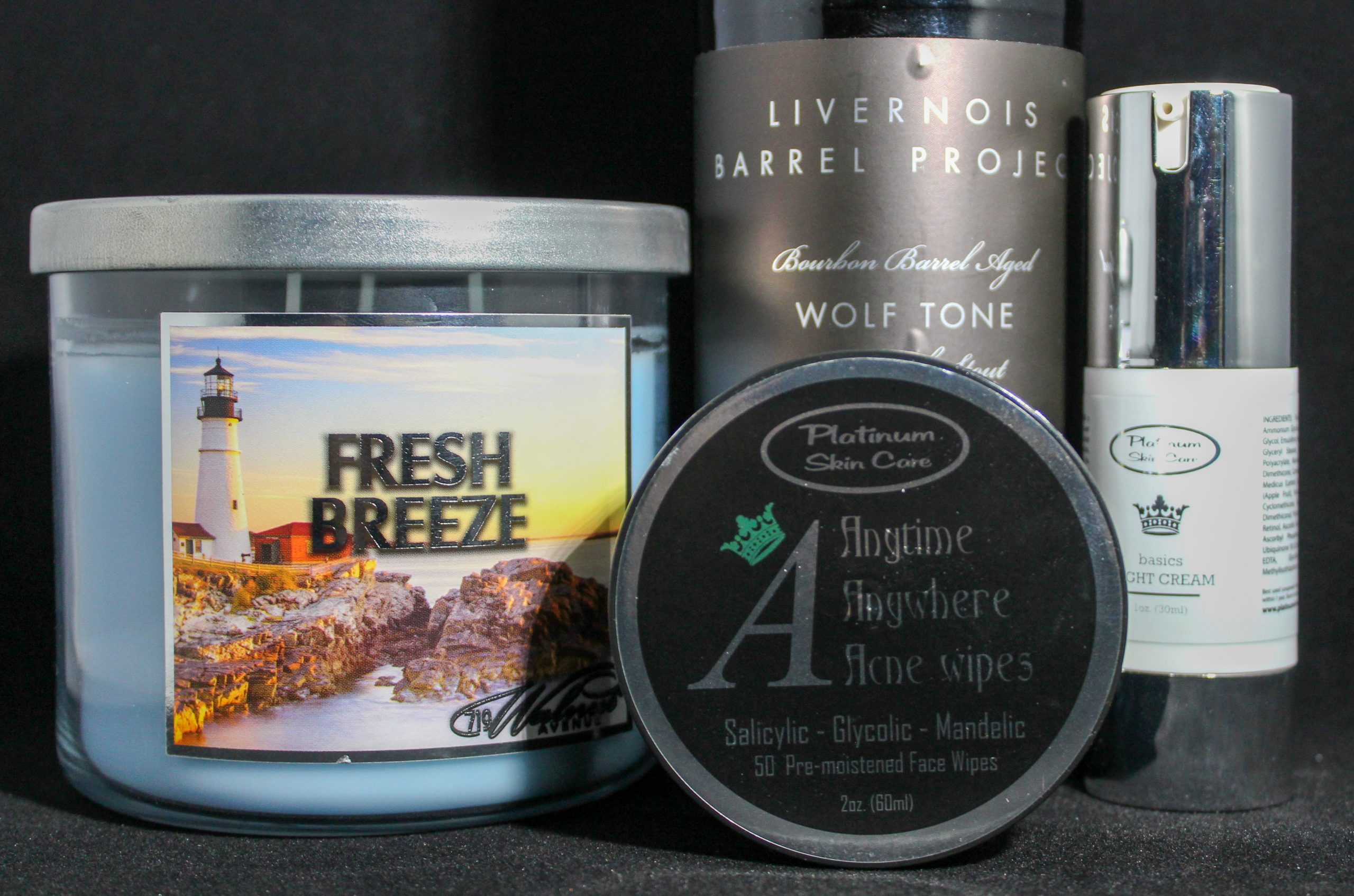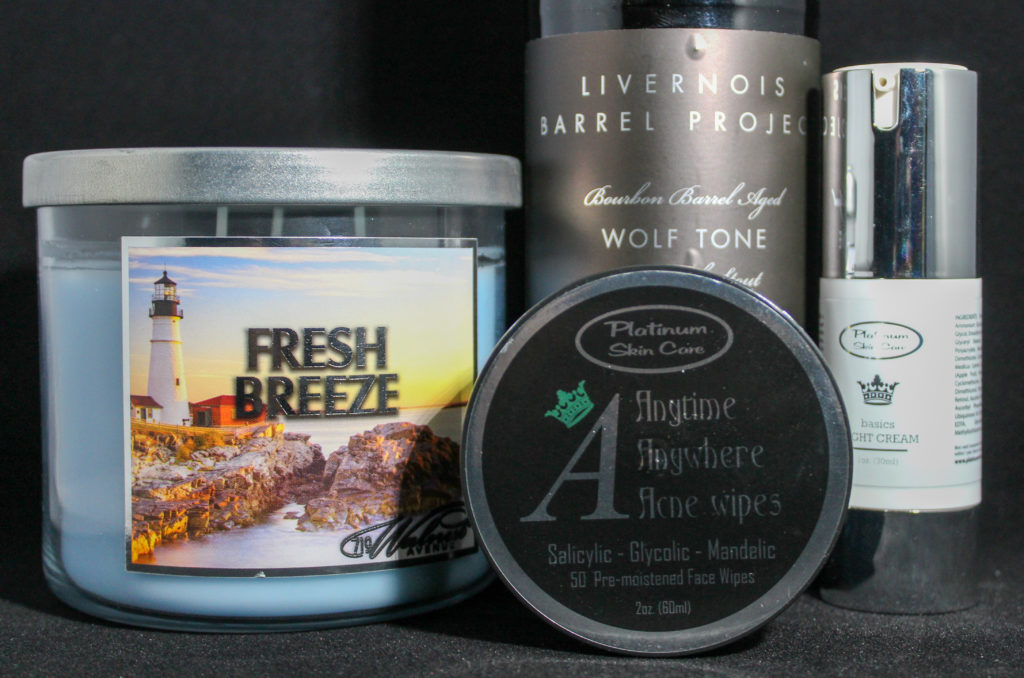The choice of cold foil vs hot foil for your labels is a crucial one that Whitlam is here to help with. Picking one over the other will impact the visual appeal, durability, and cost-effectiveness of your labels. Both methods offer unique advantages and considerations that can influence your decision, and in this comprehensive guide, we’ll delve into the distinctions between both to help you make an informed choice.
Hot Foil Printing Basics
Hot foil printing, often referred to as hot stamping or foil stamping, is a well-established and time-honored method of adding metallic embellishments to labels. This is done using heat and pressure to transfer a metallic foil onto the label material. A metal die with the desired design or text is heated, and the foil is pressed onto the label substrate, creating a visually striking metallic finish.
The process requires a metal die or stamp, which is made in the reverse image of where the foil will be in the design. The metal die is mounted above the label on the press and heated. The foil material runs between the mounted metal die and the label. The metal die stamps or presses down on the foil using the heat to apply the foil to the label. Hot foil can be used with other printing techniques like embossing and is a better technique to use with fine details.
When To Use Hot Foil
The metallic finish can lend a premium look to your products, making them stand out on the shelf. In addition to metallic finishes, hot foil is available in a wide range of colors and textures, allowing for creative and eye-catching label designs on paper, plastic, and even textured surfaces. However, it should also be noted that hot foil printing can be more expensive than other printing methods, making it less suitable for large-scale label production.
Cold Foil Printing Basics
Cold foil printing, also known as cold foil stamping or cold foil transfer, is where a special adhesive is applied to the label material in the desired design. The foil is then pressed onto the adhesive, and UV light is used to cure the adhesive, creating a metallic effect on the label. The foil is stripped away but remains only in the areas where the adhesive was applied. Lastly, the labels are run under a UV light to completely cure the adhesive. The process of removing the access foil from the label makes this method less suitable for designs with fine details.
When To Use Cold Foil
Cold foil printing is often more cost-effective for larger label production runs, making it a preferred choice for businesses with high-volume label needs. It’s also known to use less energy compared to hot foil printing.
While cold foil labels are durable, they may not be as resistant to wear and abrasion as hot foil labels. They are better suited for orders with stricter schedules, as metal dies can take a few weeks to receive. It should also be noted that cold foil printing is primarily used for metallic effects and may not offer the wide range of colors and textures available in hot foil printing.
Work With Whitlam For Your Label Needs
No matter what you decide for your Cold Foil vs Hot Foil decision, Whitlam is your trusted partner for high-quality labels. With decades of experience in the printing industry, we have the expertise to guide you through the decision-making process and deliver labels that meet your unique requirements.
Contact Whitlam today to discuss your label project and explore the possibilities of cold foil and hot foil printing. Our team is ready to assist you in creating labels that elevate your brand and leave a lasting impression on your customers. Elevate your labels with Whitlam and make your products shine on the shelves.

